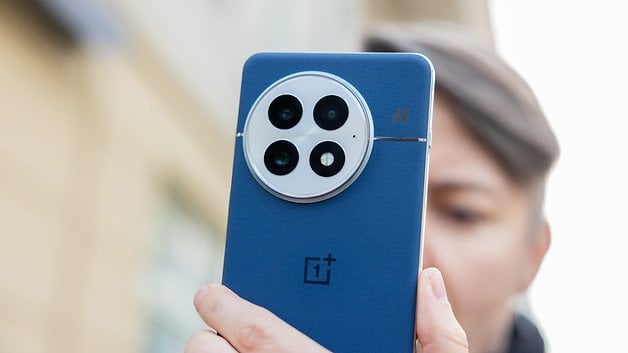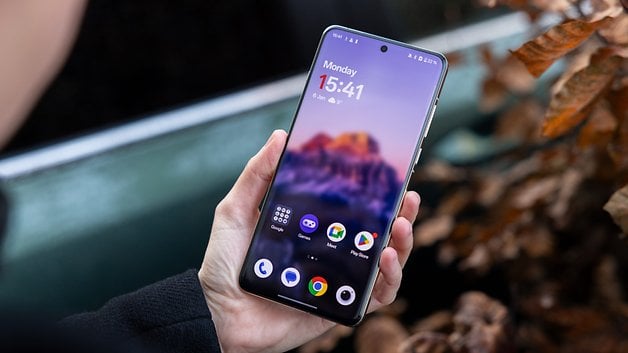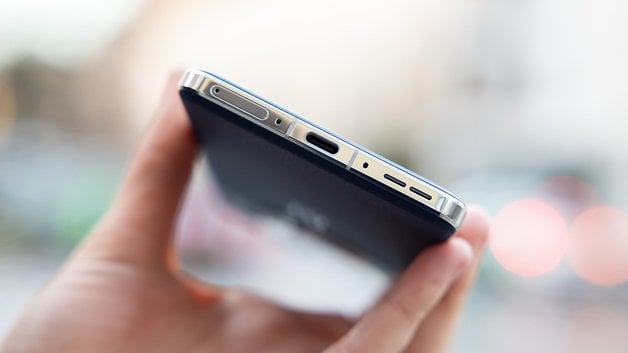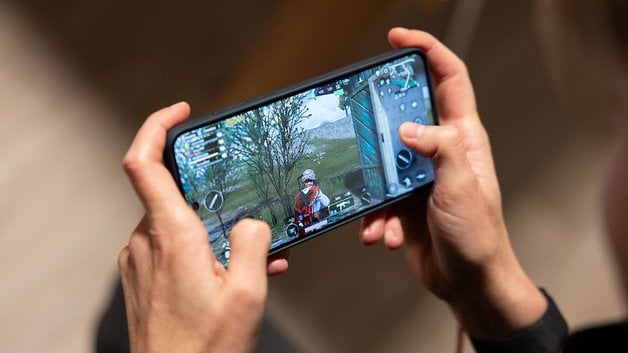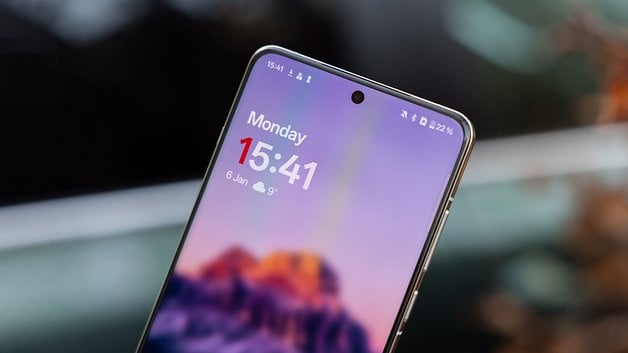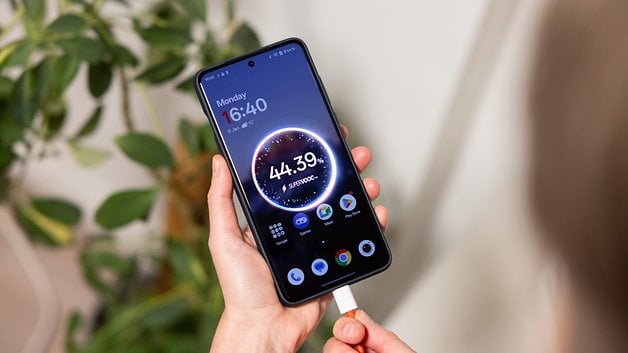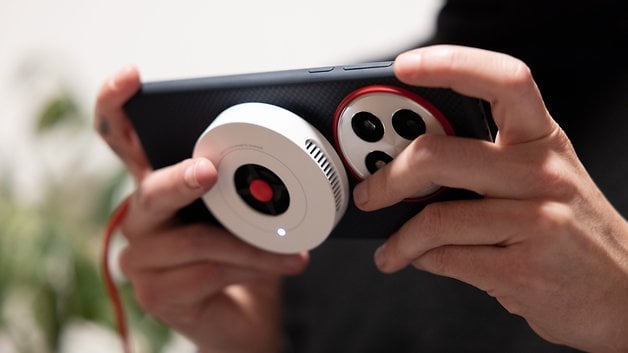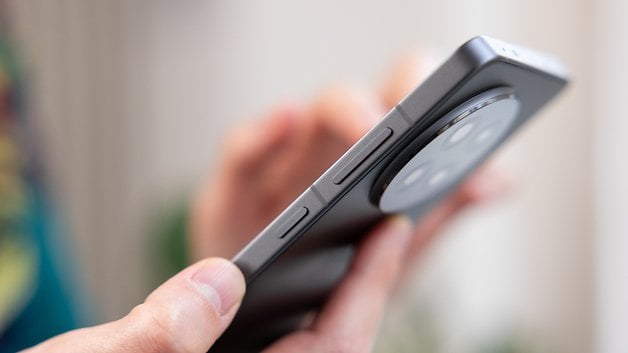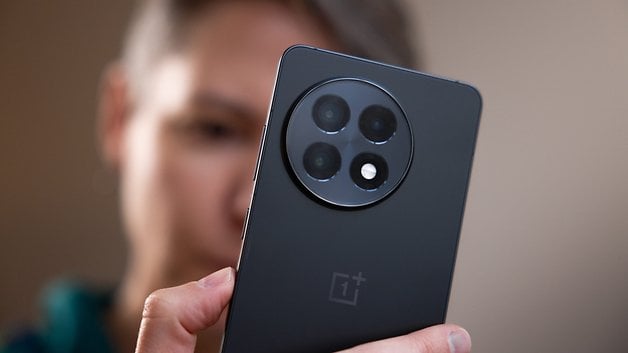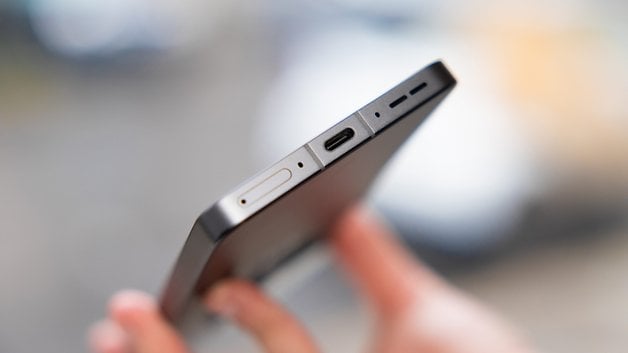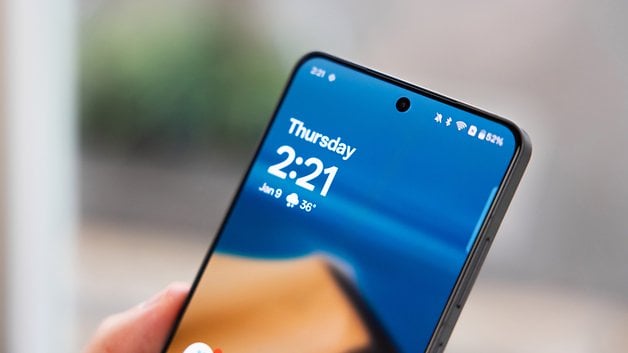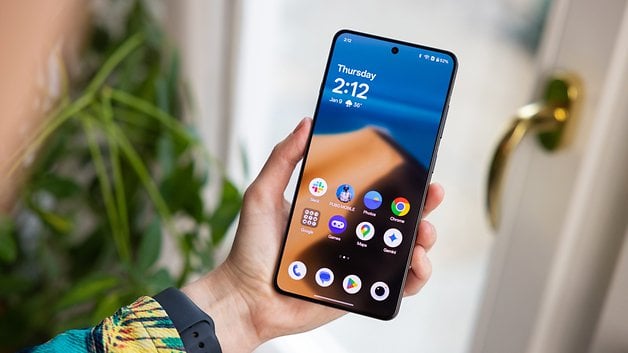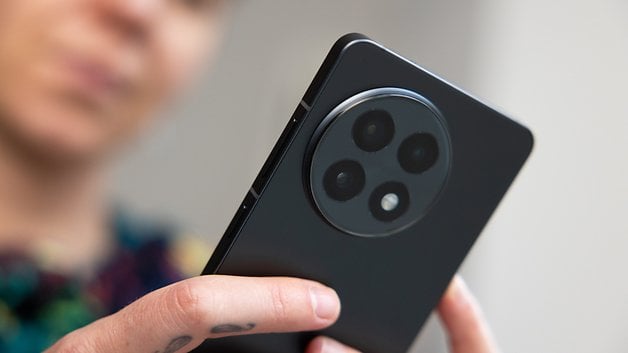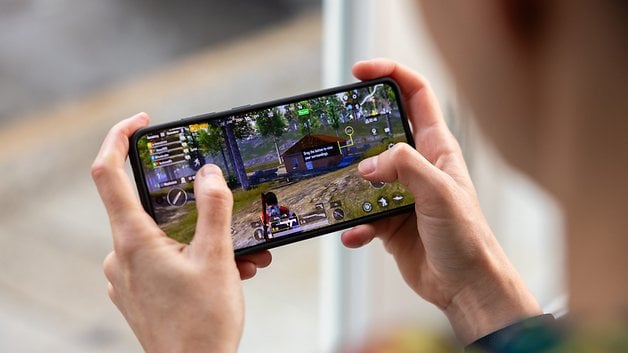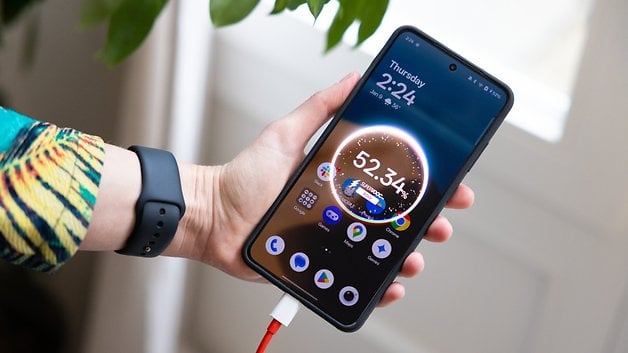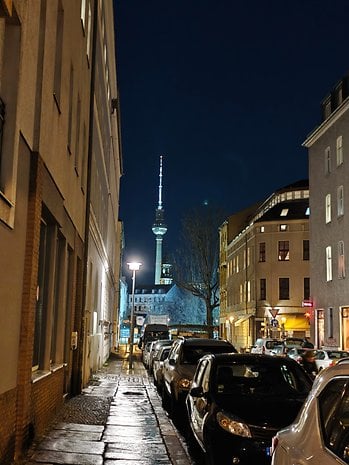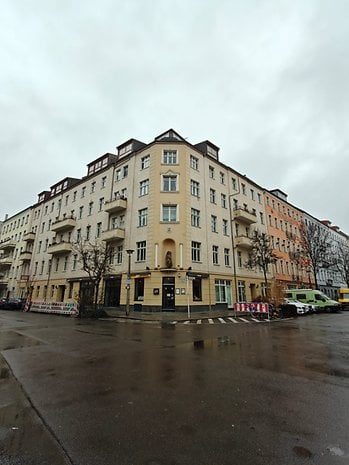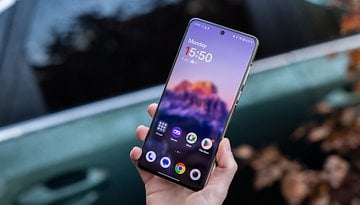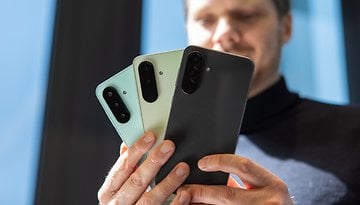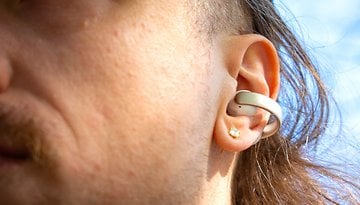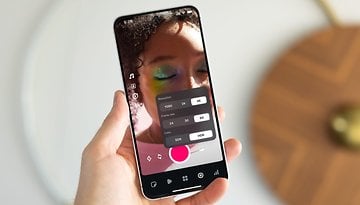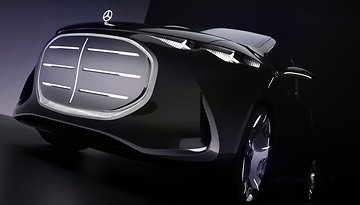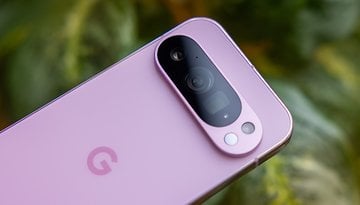OnePlus 13 vs. OnePlus 13R: Flagship Models Compared
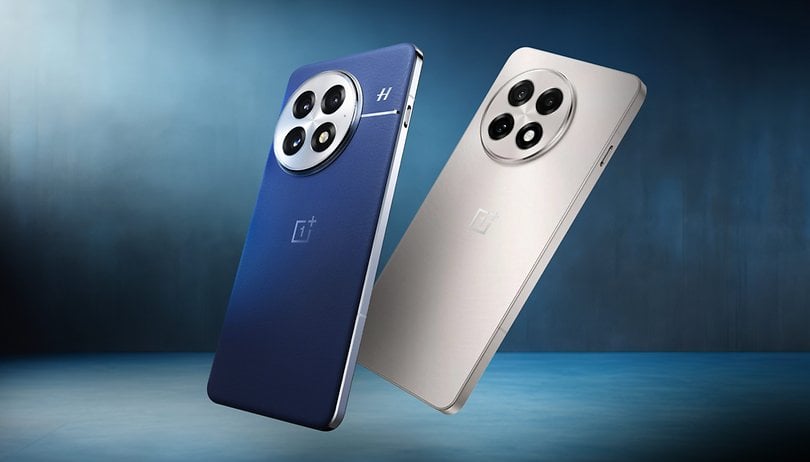

OnePlus once again launched its flagship phones earlier than the competition, with its usual double release with a traditional high-end premium model and a budget-friendly R phone. While they look the same and offer largely the same experience, there are a number of differences between the two OnePlus models. Keep reading to find which one suits you better.
OnePlus 13 and OnePlus 13R Compared
| OnePlus 13 Series | ||
|---|---|---|
| Product | ||
| Image |  |
 |
| Review |
|
|
| Display |
|
|
| Processor |
|
|
| Memory |
|
|
| OS |
|
|
| Camera |
|
|
| Battery |
|
|
| Connectivity |
|
|
| Dimensions and weight |
|
|
| Offers* | ||
Unlike in previous generations, the flagship and "premium affordable" models are closer than ever in 2025. Both phones feature a true set of triple cameras (while the 12R replaced a telephoto lens with a useless macro camera), and similar battery specifications. However, there are still several important differences, reflected in the $300 price difference.
We will cover how both 2025 OnePlus phones differ by analyzing different categories, and you can use the links below (or in the navigation menu to the right) to go straight to the section that matters most to you.
OnePlus 13 vs. 13R: Display and Design
The first big difference between the two phones is in the design and material selection. The OnePlus 13R goes for a sleek and elegant matte glass back, with flat sides, while the flagship OnePlus 13 has some curves on the back panel, which can be optionally finished in "vegan leather", like the blue version tested by Camila Rinaldi.
Both models feature some level of water and dust protection [https://www.nextpit.com/ip-rating-explained-water-and-dust-protection ], with the OnePlus 13 rated at IP69, for total dust-proofing and resistance against pressurized water jets (plus water immersion), while the OnePlus 13R is rated at IP65: Dust-proof, but only certified to resist against light water splashes.
Both phones pack big LTPO OLED screens, sized 6.78 and 6.82 for the 13R and 13, respectively. The resolution is also different, with more pixel density on the OnePlus 13 (510 DPI vs 450 DPI), but the same 4500 nits peak brightness, according to the manufacturer. A sign of change in flagship designs, the OnePlus 13 uses a flat display, abandoning the trend of curved-edges seen in previous generations.
And long-time fans of the brand will be pleased to know that the alert slider is back on both models. Something that could not be taken for granted after the outcry caused by the OnePlus 10T launch.
OnePlus 13 vs. 13R: Performance and Connectivity
On the connectivity front, both models offer the same feature set with the latest standards including Wi-Fi 7, Bluetooth 5.4, and NFC. Although not listed in the official spec sheets, the OnePlus 13R supports eSIM like its flagship brother, at least according to the brand's US profile on Twitter. There is no mention of UWB support in either phone, however.
On the inside, the OnePlus duo is powered by different generations of flagship Qualcomm processors. While the OnePlus 13R packs the previous gen Snapdragon 8 Gen 3, the OnePlus 13 comes with the newest Snapdragon 8 Elite onboard.
| OnePlus 13 (Snapdragon 8 Elite) |
OnePlus 13R (Snapdragon 8 Gen 3) |
OnePlus 12 (Snapdragon 8 Gen 3) |
OnePlus 12R (Snapdragon 8 Gen 2) |
|
|---|---|---|---|---|
| AnTuTu | 2,695,676 | 1,919,579 | - | 1,307,367 |
| 3DMark Wild Life Extreme Stress Test |
Best loop: 8,751 Worst loop: 4,410 Stability: 50.4% |
Best loop: 4,533 Worst loop: 3,475 Stability: 76.6% |
Best loop: 5,049 Worst loop: 2,764 Stability: 54.5% |
Best loop: 3,660 Worst loop: 2,462 Stability: 67.3% |
| Geekbench 6 | Single: 3,125 Multi: 9,697 |
Single: 2,232 Multi: 6,621 |
- | Single: 1,561 Multi: 5,142 |
Not only does the OnePlus 13 pack a more powerful chip, in both daily tasks and gaming, it can be bought with more RAM. In our tests, the flagship model put the newest chip to good use, with a clear generational upgrade compared to the OnePlus 13R.
However, the Snapdragon 8 Elite tended to throttle down under heavier tasks, such as the 3D Mark stress test, on which it dropped its performance to almost 50% of its original numbers to avoid overheating. Even so, the worst score for the OnePlus 13 was still comparable to the OnePlus 13R under its best-case scenario.
OnePlus 13 vs. 13R: Cameras and Image Quality
While the difference in camera setup used to be even bigger, this category is still the main difference between the two OnePlus flagships for most users. 2025 brings a real triple camera kit for both models—no useless macro camera, thank you—with a main+ultra-wide+telephoto line-up.

The similarities, however, end there. While both phones are equipped with a 50-megapixel Sony main sensor, the OnePlus 13 features more premium components, with a bigger sensor and faster, more complex, lens for more light sensitivity. My colleague Camila Rinaldi found that low-light photography was noticeably better on the more expensive model, confirming the component choices.
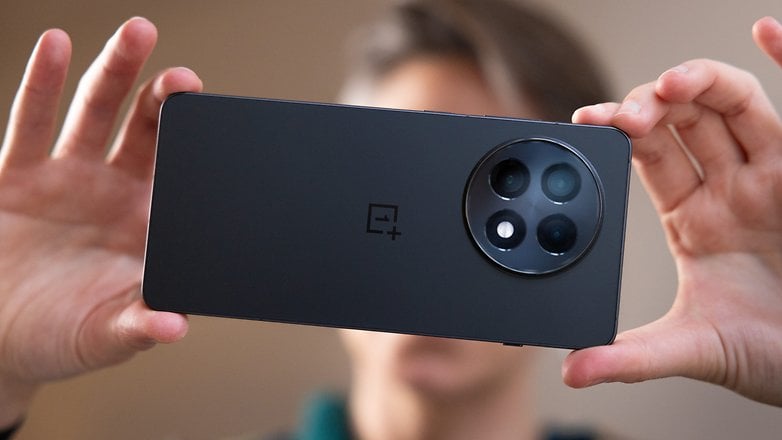
For the ultra-wide camera, OnePlus does not even specify the sensor used on the 13R, which only features 8 megapixels, versus 50 on the 13. Besides resolution, the sensor used is much smaller and uses a simpler lens array on top of it. The result is less detail and sharpness for wider shots. Hint: You might want to consider using the panorama mode with the main camera instead.
As for the telephoto camera, the formula still applies: The OnePlus 13 features a bigger sensor with a brighter, more complex lens. Besides that, only the OnePlus 13 offers optical image stabilization (OIS) on the ultra-wide camera, and to top it off, while the OnePlus 13R reaches 2x optical magnification, the OnePlus 13 has 3x zoom.
In the end, not only does the OnePlus 13 pack a sharper camera kit overall it is also the most versatile. The lack of Hasselblad branding on the 13R was an early sign of that split, but you can check how each phone performs in our galleries below, tap or click on the photo to see them expanded
OnePlus 13 image samples
OnePlus 13R image samples
OnePlus 13 vs. 13R: Software and updates
On the software side, we have a tie. Both phones come with Android 15 under the OxygenOS 15 customizations. The system now offers a couple of AI features created by Google and Oppo. Despite early worries about OxygenOS losing its lightweight feel and snappiness due to OnePlus folding back into Oppo, our feeling is that the system still has its trademark features, and feels different enough compared to ColorOS.
Better yet, the company now promises four years of Android upgrades and six years of security updates for both phones, ensuring that they remain safe to use, and keep app compatibility for longer. It is not on the same level as Google Pixel and Galaxy flagship's seven-year promise, but still good enough for most people to use the device and hand them over to a relative.
OnePlus 13 vs. 13R: Battery and charging
Like its Chinese rivals, OnePlus/Oppo is currently experimenting with different battery chemistries. The result is that both OnePlus 13 phones offer an impressive 6,000 mAh battery without compromising on the thinness side. In the US, both models also include a charger, but only the OnePlus 13 comes with an adapter rated for the maximum input power (80 W). The OnePlus 13R comes with “only” a 55 W adapter.
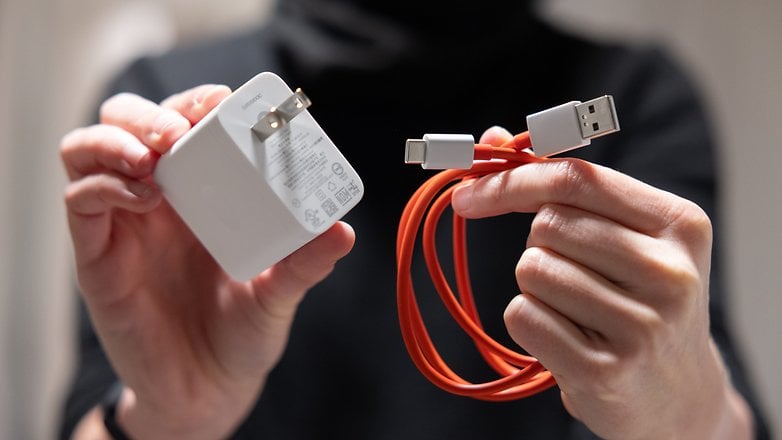
In our test, the 55 W adapter charged the OnePlus 13R in 60 minutes, while the OnePlus 13 took only 40 minutes for a full charge. When it comes to wireless charging, only the flagship OnePlus 13 offers the feature, at up to 50 W using a proprietary stand.
Speaking of standards, the OnePlus 13 does not offer magnetic alignment for Qi2 chargers, to use a Qi2 power bank or charging puck you will need to buy an optional case with magnets. Not unlike other Android flagships in 2025.
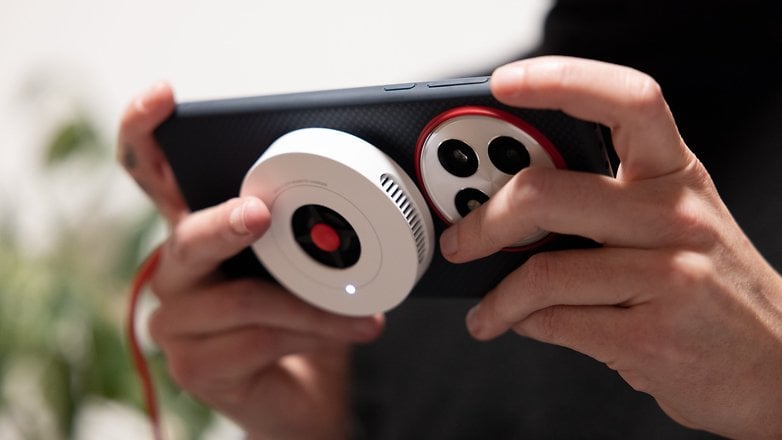
Battery runtimes should be more than enough for a full day of usage. The OnePlus 13R reached 20h56min on our standard PCMark battery test, while the flagship model scored 20h28 on the simulated workflow.
OnePlus 13 vs. 13R: Conclusion
Both phones are sufficiently different enough to cover distinct markets, making recommendations easy. If you want a pure flagship experience, and money is no object, then the OnePlus 13 is the phone for you. On the other hand, if you want a premium experience but don't want to invest $900, the OnePlus 13R is a perfectly fine alternative for $300 less.
Good
- Stylish, square design
- Big, vibrant display
- Reliable performance
- Versatile cameras
- All-day battery life
Bad
- Limited to one size
- No wireless charging
- Basic IP65 water resistance

The main tradeoffs on the OnePlus 13R are the less powerful camera kit and the lack of wireless charging. Besides that, there is a difference in processor and performance, but unless you are a hardcore gamer, we believe you won't notice any difference.
Good
- Big, vibrant display
- Consistent performance
- Versatile camera module
- All-day battery life
- IP68 and IP69 Certifications
Bad
- Available in only one size
- Protective film on display is noticeable at the edges
- Qi2 support requires a MagSafe-compatible phone case
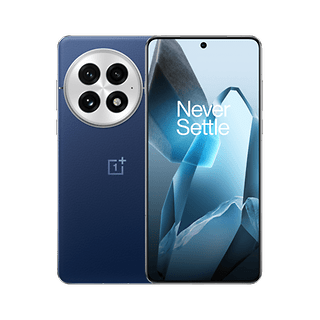
Not that the OnePlus 13 is a bad choice, mind you. In fact, it is the fastest Android phone we tested. Helped by the fact that it is one of the first models in the West powered by the same Snapdragon 8 Elite that should be equipping most Android flagships in 2025.
